While the early work of Eli Bornstein was representational, he found his artistic path studying the seismic innovations of European modernism, from Impressionism to Post-Impressionism, and from Cubism to Constructivism and De Stijl. In 1957, he fully adopted abstraction, his own modus operandi becoming the Structurist Relief, which, while geometrically abstract, is also dedicated to the evocation of the phenomena of the natural world. This selection of key works focuses on the major steps of Bornstein’s artistic evolution.
-
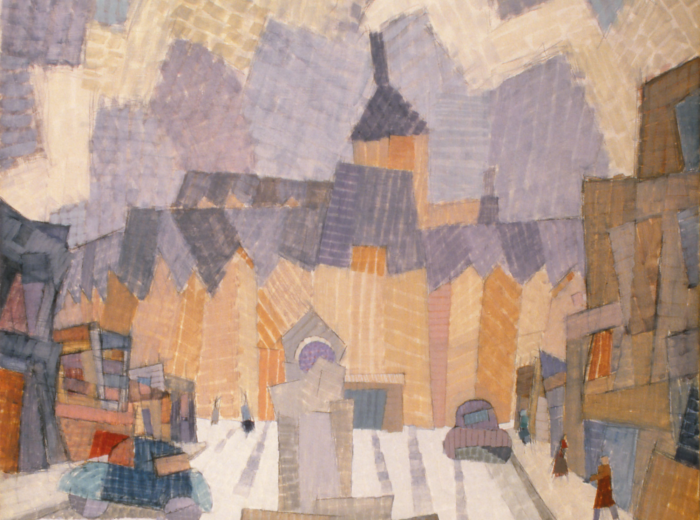
Saskatoon 1954
-
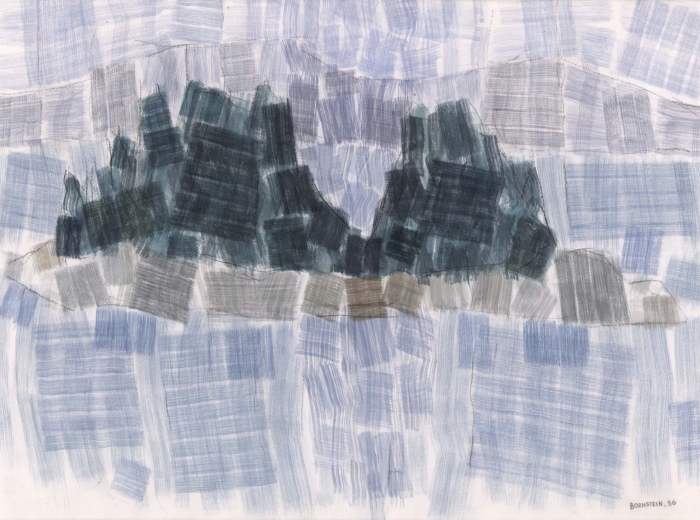
The Island 1956
-
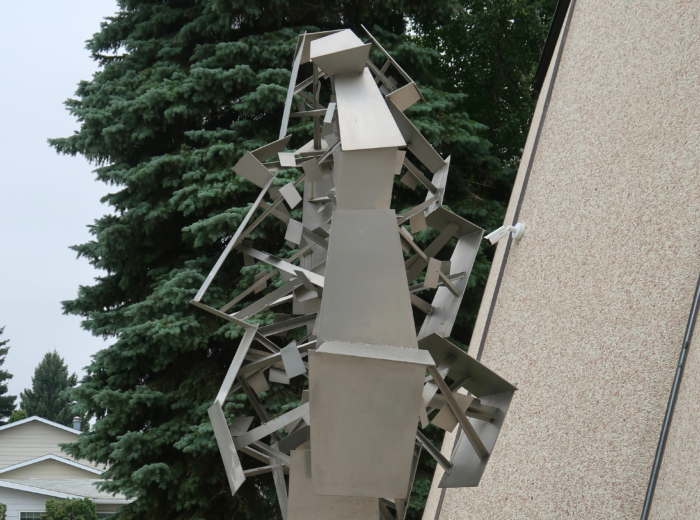
Aluminum Construction (Tree of Knowledge) 1956
-
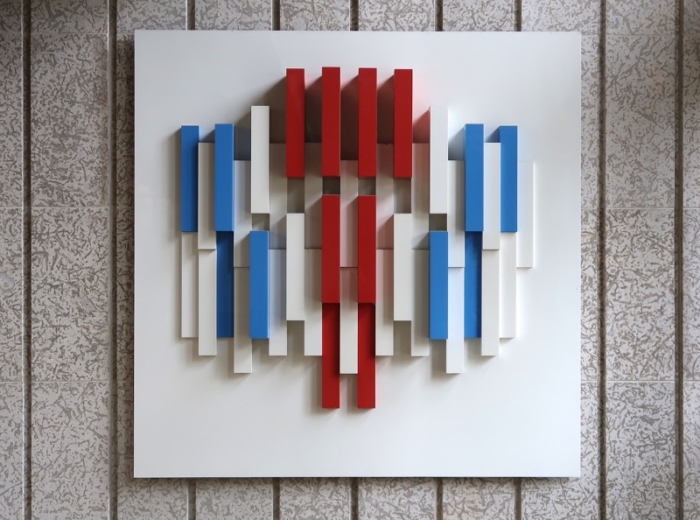
Structurist Relief No. 18-II 1958–60
-
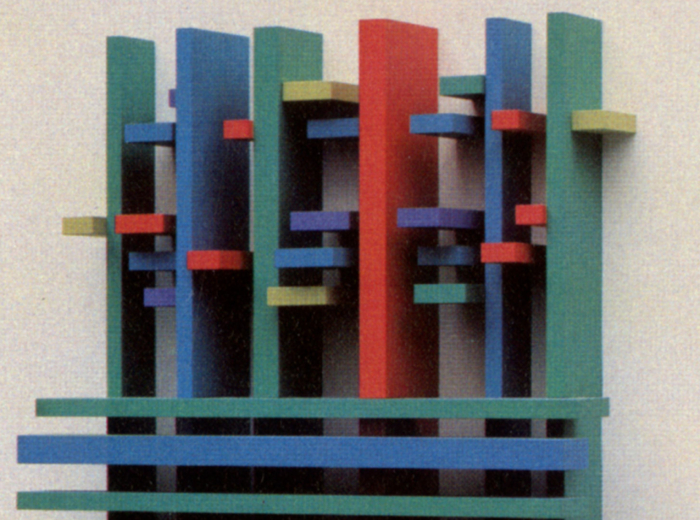
Structurist Relief No. 3-1 (Canoe Lake Series) 1964
-
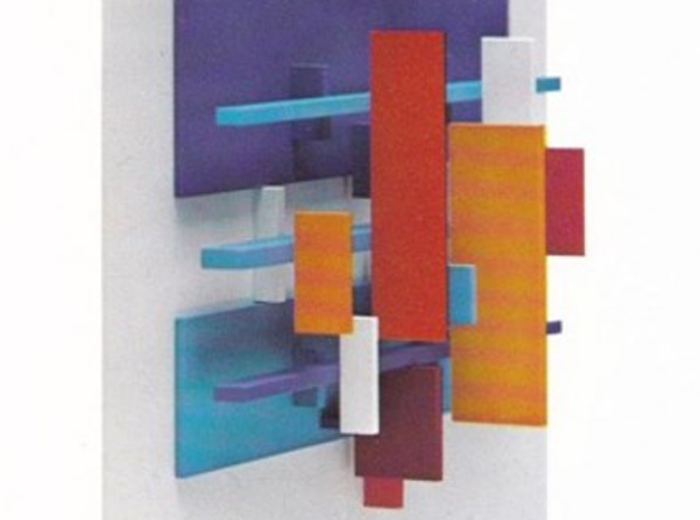
Structurist Relief No. 2 1966
-
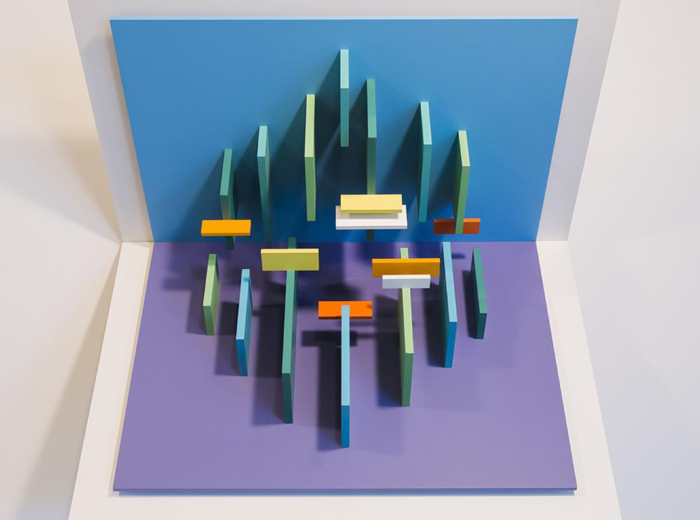
Double Plane Structurist Relief No. 3 1967–69
-
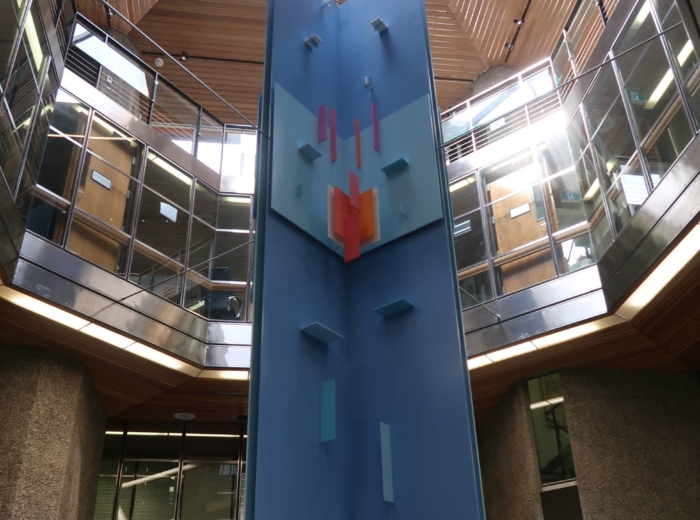
Four Part Vertical Double Plane Structurist Relief (Winter Sky Series) 1980–83
-
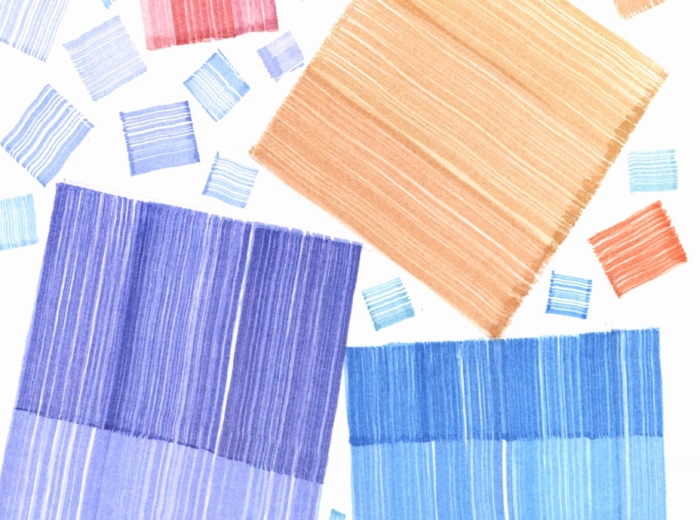
Arctic Study No. 38 1987
-
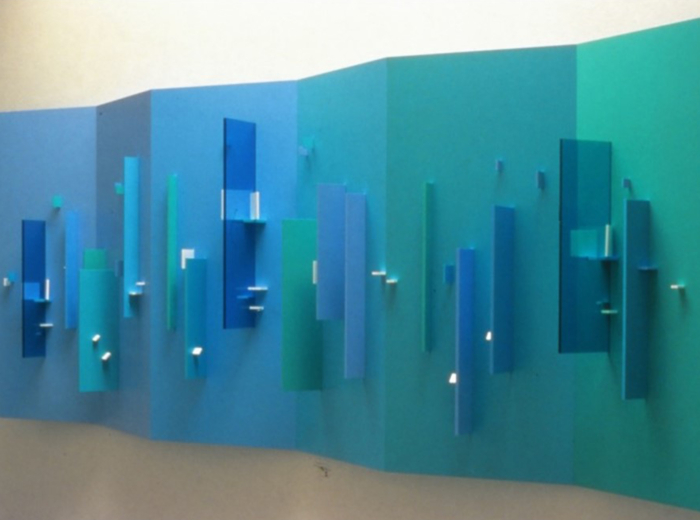
Hexaplane Structurist Relief No. 2 (Arctic series) 1995–98
-
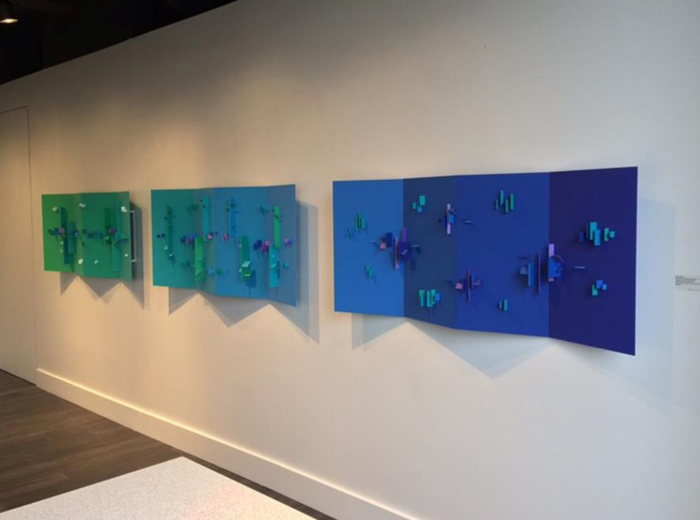
Quadriplane Structurist Relief Nos. 1–3 (River-Screen Series) 1989–96
-
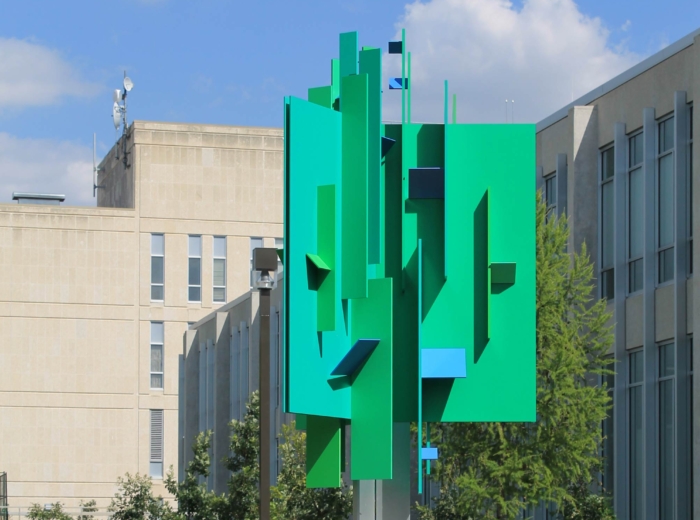
Tripart Hexaplane Construction No. 2 2002–6
-
 About the Author
About the Author
Roald Nasgaard is an award-winning author and curator, Officer of the Order of Canada, and Professor Emeritus, Florida State University.
Learn More -
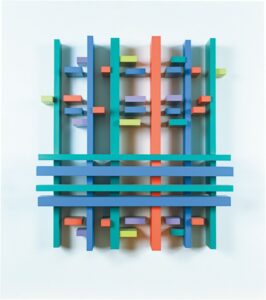 More Online Art Books
More Online Art Books
Read online or download the ACI’s incredible library of art books for free in French and English.
Learn More -
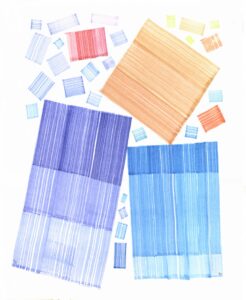 Acknowledgements
Acknowledgements
The Art Canada Institute gratefully acknowledges the support of its generous sponsors.
